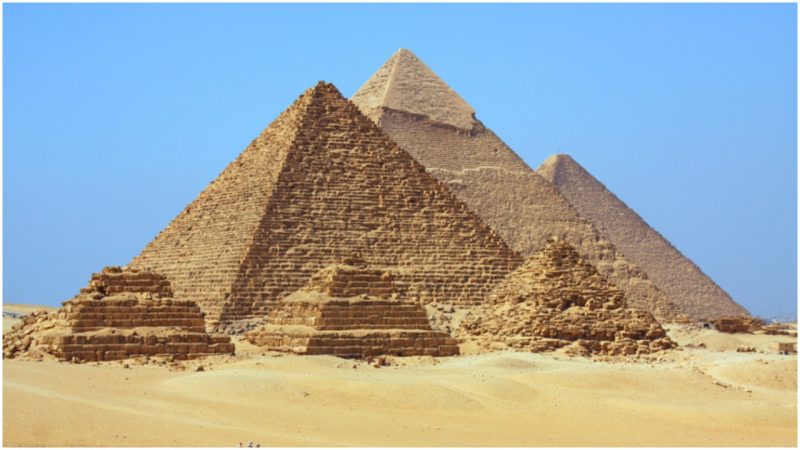The discovery of a sophisticated ramp system might solve the centuries-old mystery that has so obsessed historians and archaeologists: How did the ancient Egyptians build the Great Pyramid and other wonders?
When the pyramids were already two millennia old, Diodorus Siculus, a Greek historian, visited and was amazed by what he saw, because “machines for lifting had not yet been invented.”
But perhaps the ancients had found a solution.
The remains of a 4,500-year-old ramp were found recently at an alabaster quarry in an Egyptian desert by researchers from the University of Liverpool, UK, and Cairo’s French Institute for Oriental Archaeology.
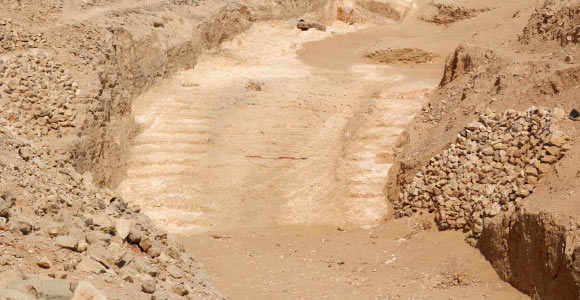
The workers raised stone blocks weighing several tonnes hundreds of feet into the air via enormous sleds, archaeologists theorize.
“This system is composed of a central ramp flanked by two staircases with numerous post holes,” Yannis Gourdon, co-director of the joint mission at Hatnub, told Live Science.
“Using a sled which carried a stone block and was attached with ropes to these wooden posts, ancient Egyptians were able to pull up the alabaster blocks out of the quarry on very steep slopes of 20 percent or more.”
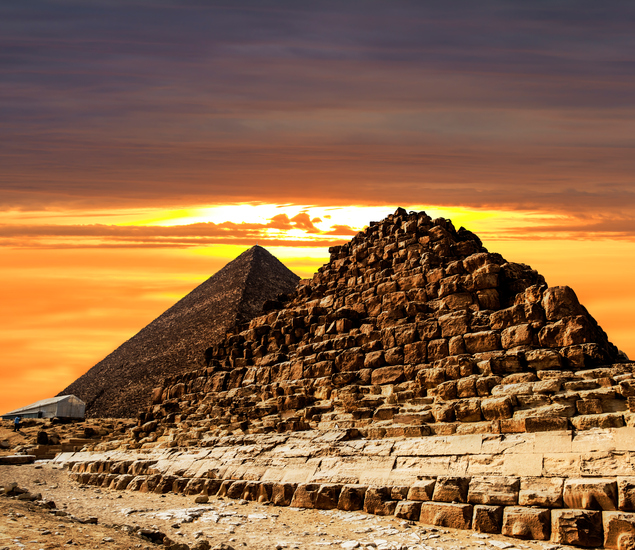
The ancient ramp discovered in Hatnub quarry was flanked by two staircases lined with postholes, to which ropes were tied to drag the huge stone blocks. Workers walked up the staircases on either side of the block, pulling the rope as they went.
The large wooden posts, which were up to one-and-a-half feet thick, were crucial, researchers said. They allowed the teams to pull from below while others hauled the block from above.
The ramp was most likely inclined at double the angle that would have been considered possible, given the weight of the stones that workers were lifting, according to the Daily Mail.
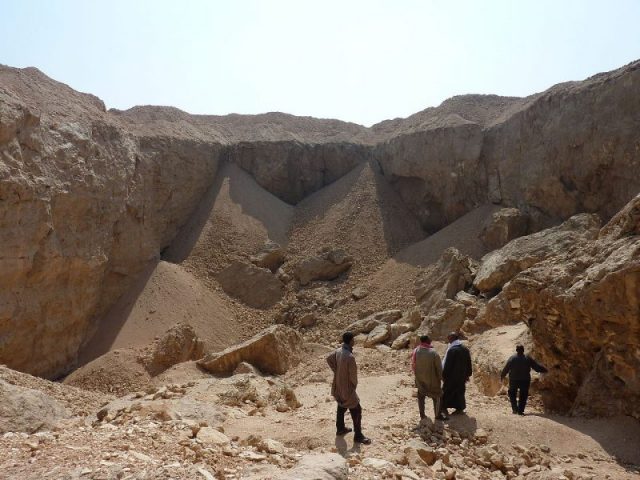
“This kind of system has never been discovered anywhere else,” Gourdon told Live Science.
“The study of the tool marks and the presence of two [of] Khufu’s inscriptions led us to the conclusion that this system dates back at least to Khufu’s reign, the builder of the Great Pyramid in Giza.”
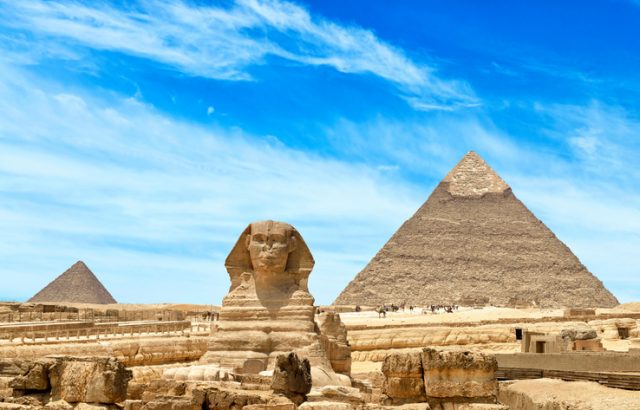
“As this system dates back at least to Khufu’s reign, that means that during the time of Khufu, ancient Egyptians knew how to move huge blocks of stone using very steep slopes. Therefore, they could have used it for the construction [of] his pyramid,” Gourdon said.
The Great Pyramid is constructed of over 2 million blocks of stone, each weighing more than two tons, and covers 13 acres.
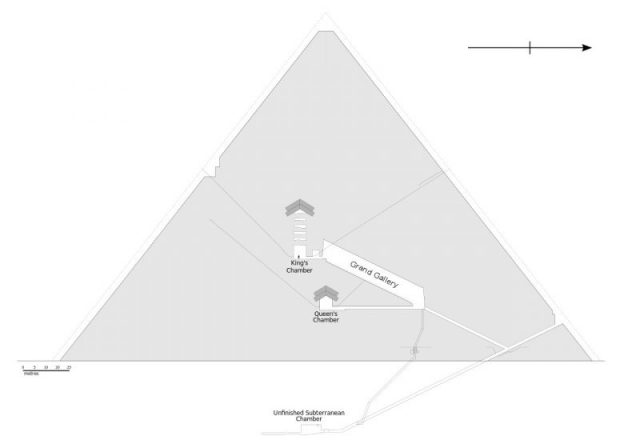
It is probably the most famous ancient structure in the world; its the only one of the “seven wonders” still standing. It was not the first true pyramid, but in terms of its size, it was the tallest structure on Earth until the 19th century.
It is located on the Giza plateau near the modern-day city of Cairo. Historians believe it was constructed during the reign of the king Khufu, who lived from 2589 to 2566 BC.
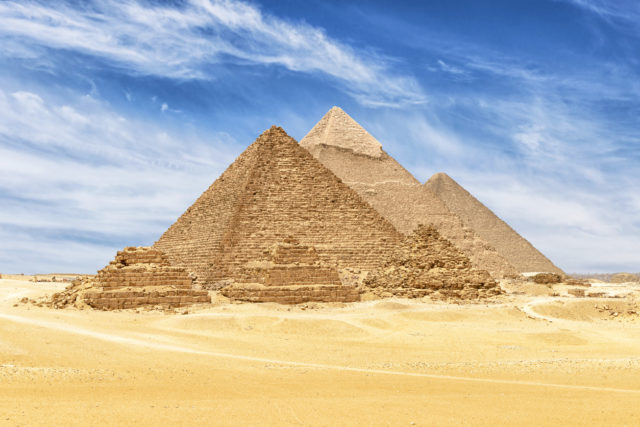
There are many, many theories on the purpose of the pyramid, but the most widely accepted is that it was a tomb for the king.
The idea that the pyramids were constructed with slave labor has been questioned. Some historians believe that the pyramids of Giza and all other temples and monuments in the country were built by Egyptians hired for their skills and paid wages for their efforts.
The theory is that Egyptians from all over the country worked on the monument, for a variety of reasons, to build a home for their king which would last through eternity.
There is no doubt that building the pyramids demanded enormous financial resources and the maintenance of a wide array of skilled and unskilled workers.
